Art Historical Inspirations
We reached out to some of our artists and asked them which artists and artistic movements in history they were often inspired by. Here at Gregg Irby Gallery we found that many of our artists were drawn towards female painters, the French Impressionists, and members of the New York School, along with many other abstract artists. Keep reading to explore the significant art historical inspirations of our artists and how they relate to the contemporary artworks at Gregg Irby Gallery!
Evan Mooney
Drawing from her strong art historical background, Evan Mooney’s “Parrot Tulip” series evokes the styles of female painters Georgia O’Keefe and Hilma Af Klint - two artists Evan is inspired by who also frequently worked with floral designs, hard edges, and themes of transformation. With their simple, yet strong forms and complimentary colors, the powerful compositions work extremely well alone, together, and with other artworks. By focusing on the shape and color, Evan’s paintings allow the viewer to create their own associations with the images. Similar to looking up at the clouds or Rorschach psychology tests, different shapes - animals, objects, etc- seem to appear while looking more closely at the edges of the petals. This was done intentionally by Evan, who loves “how the viewer of the paintings sees different things in them that another viewer might see.”
She explains that this series in particular was “inspired by my experience as a woman. A mother, wife, daughter, sister, friend. [While creating this series] I was thinking about how we all go through different seasons in life and have cycles that include periods of abundance as well as drought. The majority of growth happens below the surface— the miracle of the blossom is only visible for a brief moment in time. Additionally, the only person who can see all of the intricacies of the bloom is the person herself.”
Caleb Mahoney
“The New York School is a group of artists in the 1950’s and 1960’s who really inspire me. There were a lot of radical ideas and new material processes that came out during that time. The material exploration particularly speaks to me. That group really paved the way and inspired the young New York artists of the 1980's like Schnable and Basquiat, who are amongst some of my favorite artists. I often see paintings as a series of choices and actions. I will just stare at a Cy Twombly or Basquait [painting] and go over every little mark and ask myself, why did he make that choice with that particular medium and how did he get to that end result? I just love process and material exploration even when it might be incorrect from a technical viewpoint. Marcel Duchamp and his Readymade works and Robert Rauschenberg's Bed from 1955 in particular influenced me to think about materials in a different way and opened my mind to process experimentation. I loved the process of painting Rumours; it is done entirely with oil stick and pencil, there is no brush work done on that painting. Those little decisions interest me. They produce a particular end result that, even if it's subtle, is felt by the viewer. Simple ideas executed well can be very powerful.”
Kay Flierl
What propels Kay Flierl to paint? She quotes Cezanne as saying it best, “Emotion is the starting point, the beginning and the end.” The influence of Paul Cezanne can be seen clearly in Kay Flierl’s work. His famous Mont Sainte-Victoire series reflects his deep emotional connection to his native landscape of Provence, similar to how Kay Flierl’s barn series are filled with endless emotions and thematic connections to Flierl's native Midwest. Environments and landscapes also have a profound impact on Kay Flier’s artistic process. Not only did she earn her Bachelor's Degree in Landscape Design, she has lived all across the US. “Although self-taught, I observe and learn through exploration […] and fellow painters,” describes Flierl, reflecting her ability to take inspiration from previous artists in history.
Another French Impressionist painter who Kay Flierl draws inspiration from is Claude Monet. It was on a visit to the Kimbell Museum in Fort Worth, Texas that Kay was initially inspired by Monet’s expansive water lilies. Captivated and in awe, she then found herself seeing out water lilies in various botanical gardens and missions in California. “I kept coming back [to Monet’s waterlilies]. And now I find myself yearning to paint them. My eyes see a yin-yang vibe between the simple, circular, waxy lilypad leaf and each almost flamboyant flower bloom. It’s intoxicating. I aspire to capture the happiness, peace, enlightenment and purity embodied in the water lily… not only on canvas, but in my soul.”
Thomasa Seymour
“I loved all art and was convinced I would be a painter from a very young age. I grew up with Audubon coffee table books of botanicals and birds [both of which are significant themes in Thomasa’s artwork] that inspired me. I also thought that Pre-Raphaelite art was so wonderful for the botanicals and figures, along with Andrew Wyeth’s beautiful romantic scenes.
[Other inspiration comes from] world history such as Mayan art and Greek pottery motifs … and Picasso of course. Picasso because my grandmother was his contemporary and she was a fabulous abstract artist, as was my mother. I simply loved art and as a child spent many hours at the High Museum of Art with my mother and her artist friends. I truly don’t think I’ve ever wanted to do any one type of art but painting just fell into me somehow!”
*Artist quotes have been edited for clarity and length.

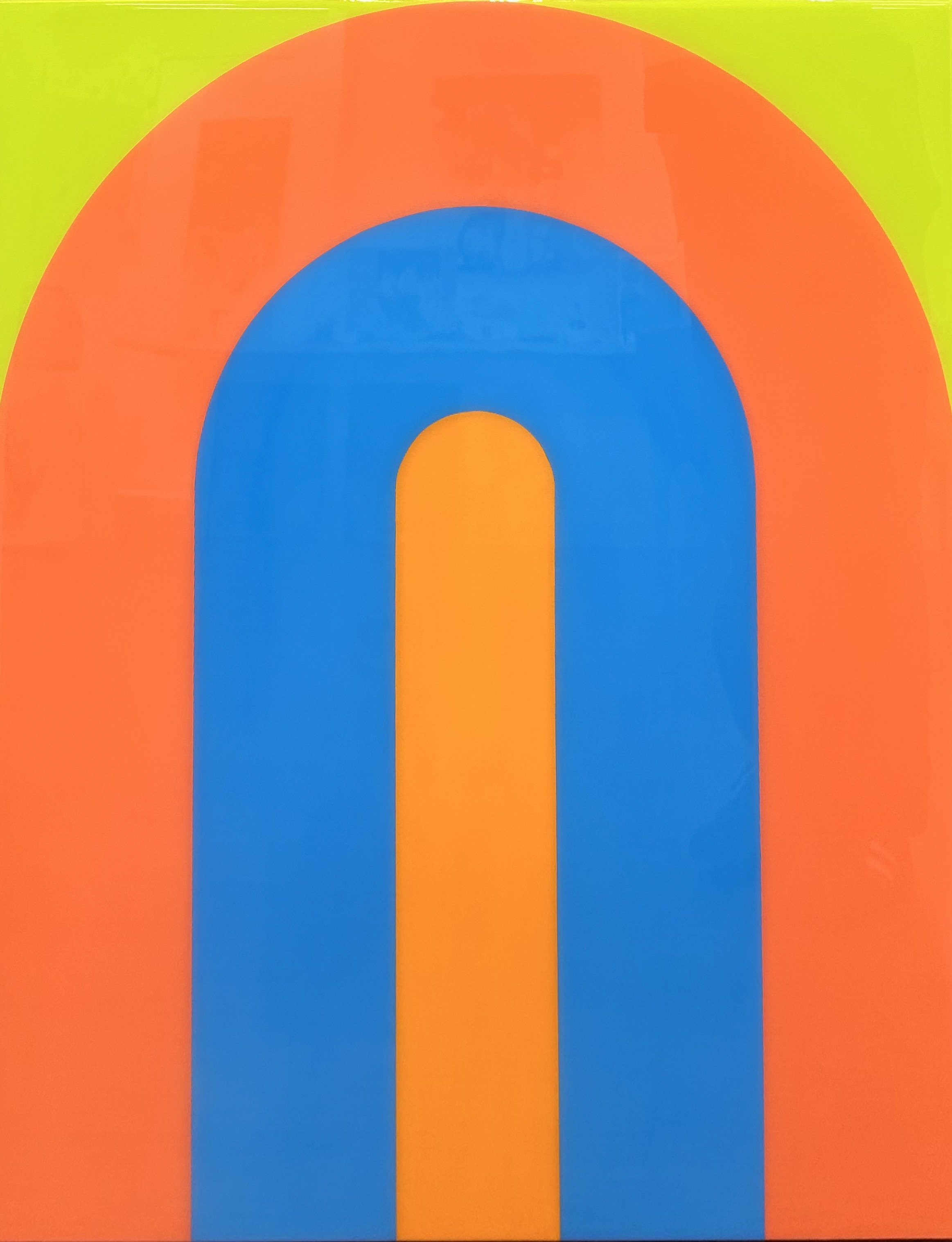
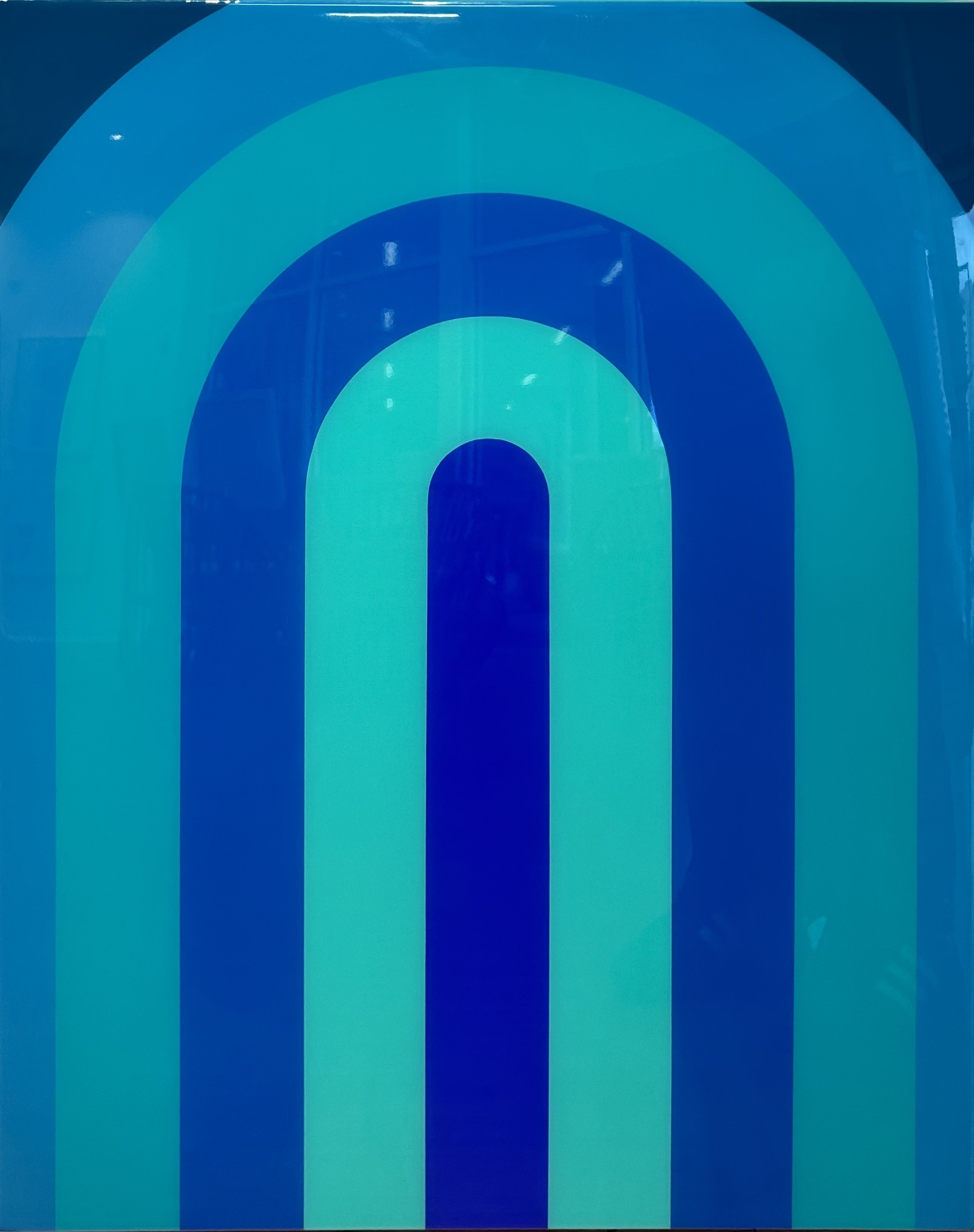
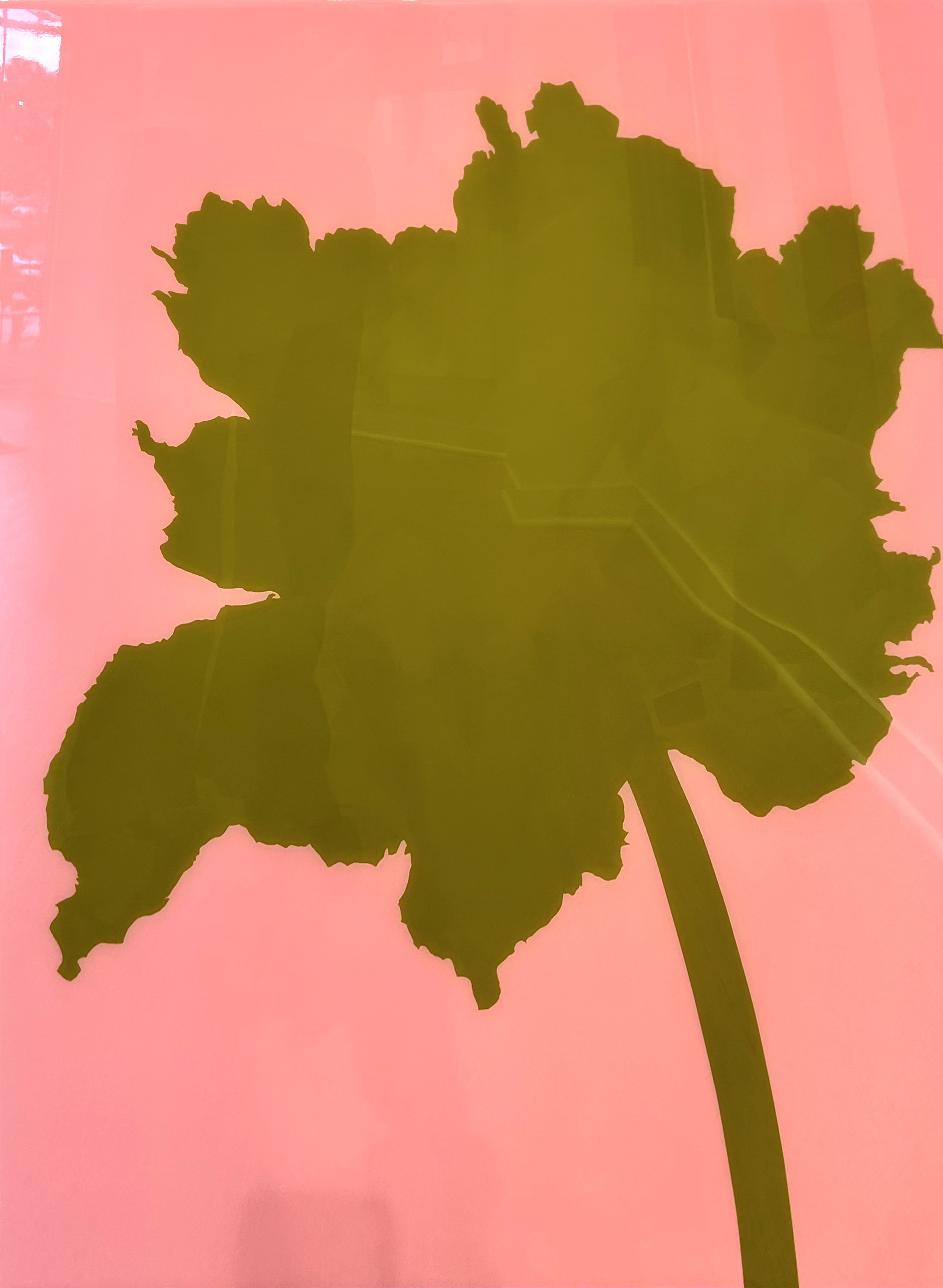
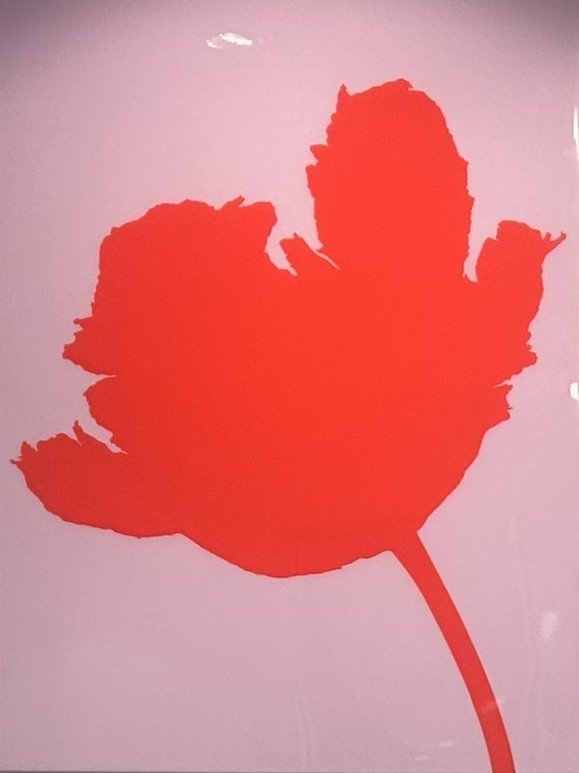
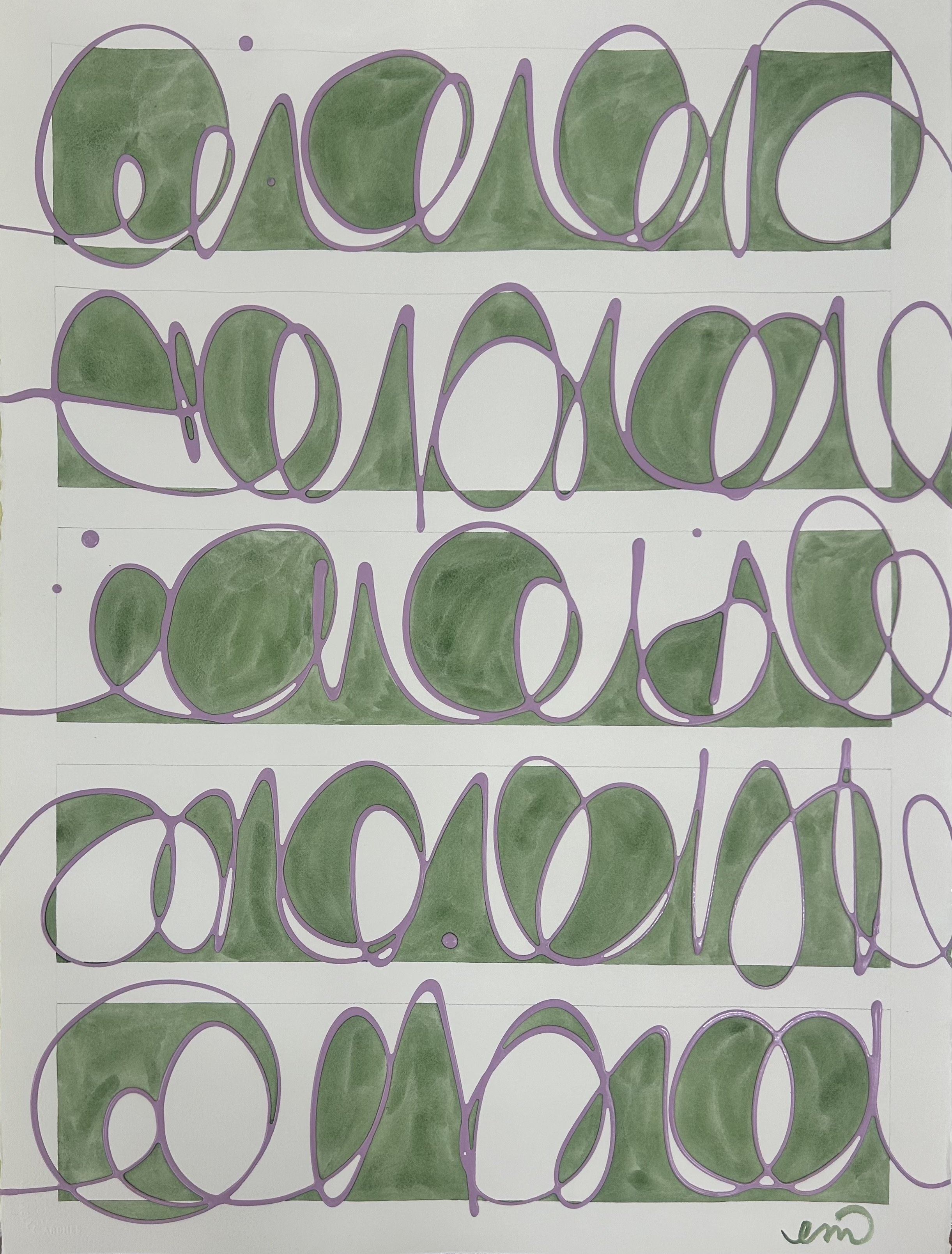
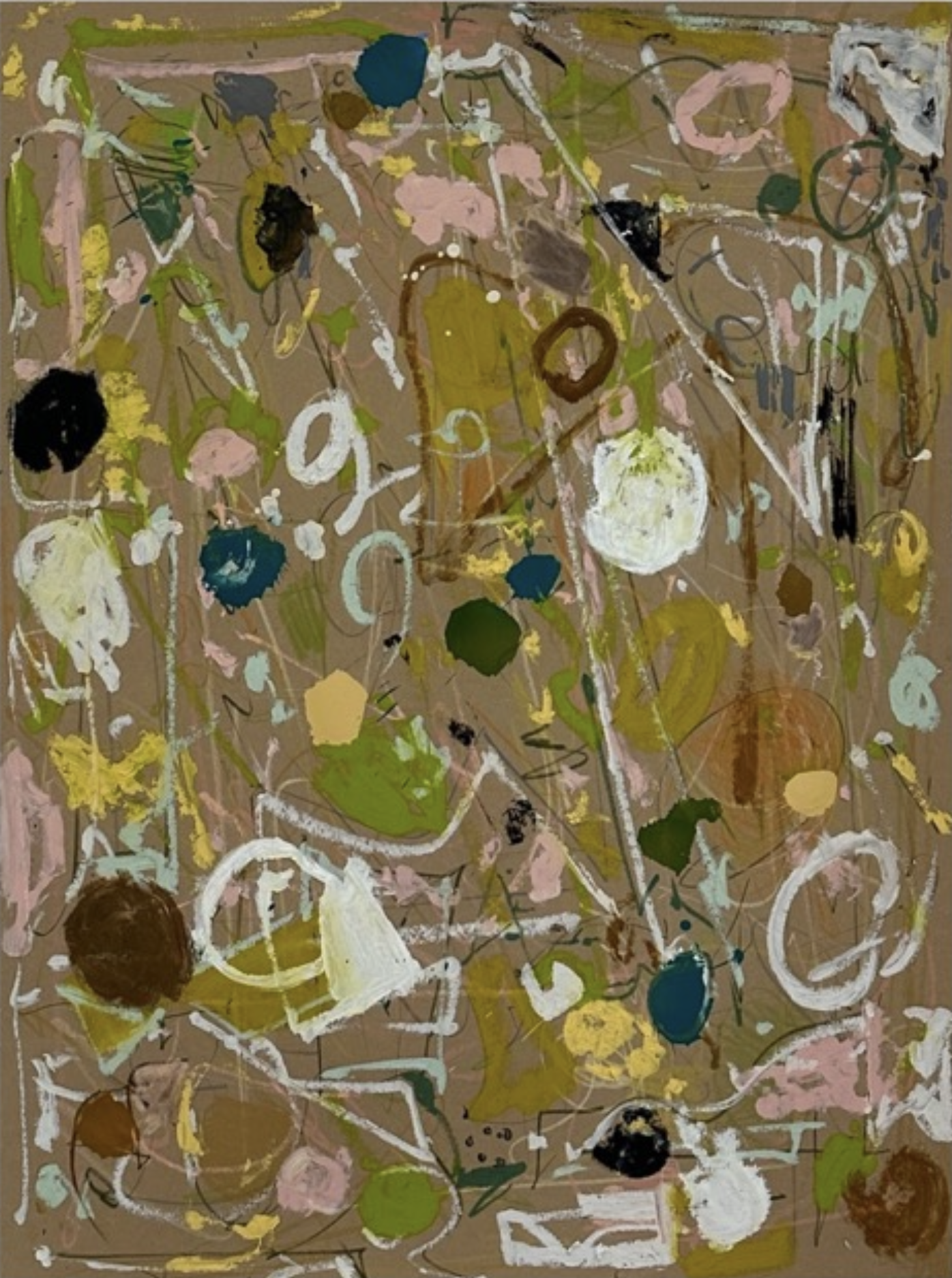

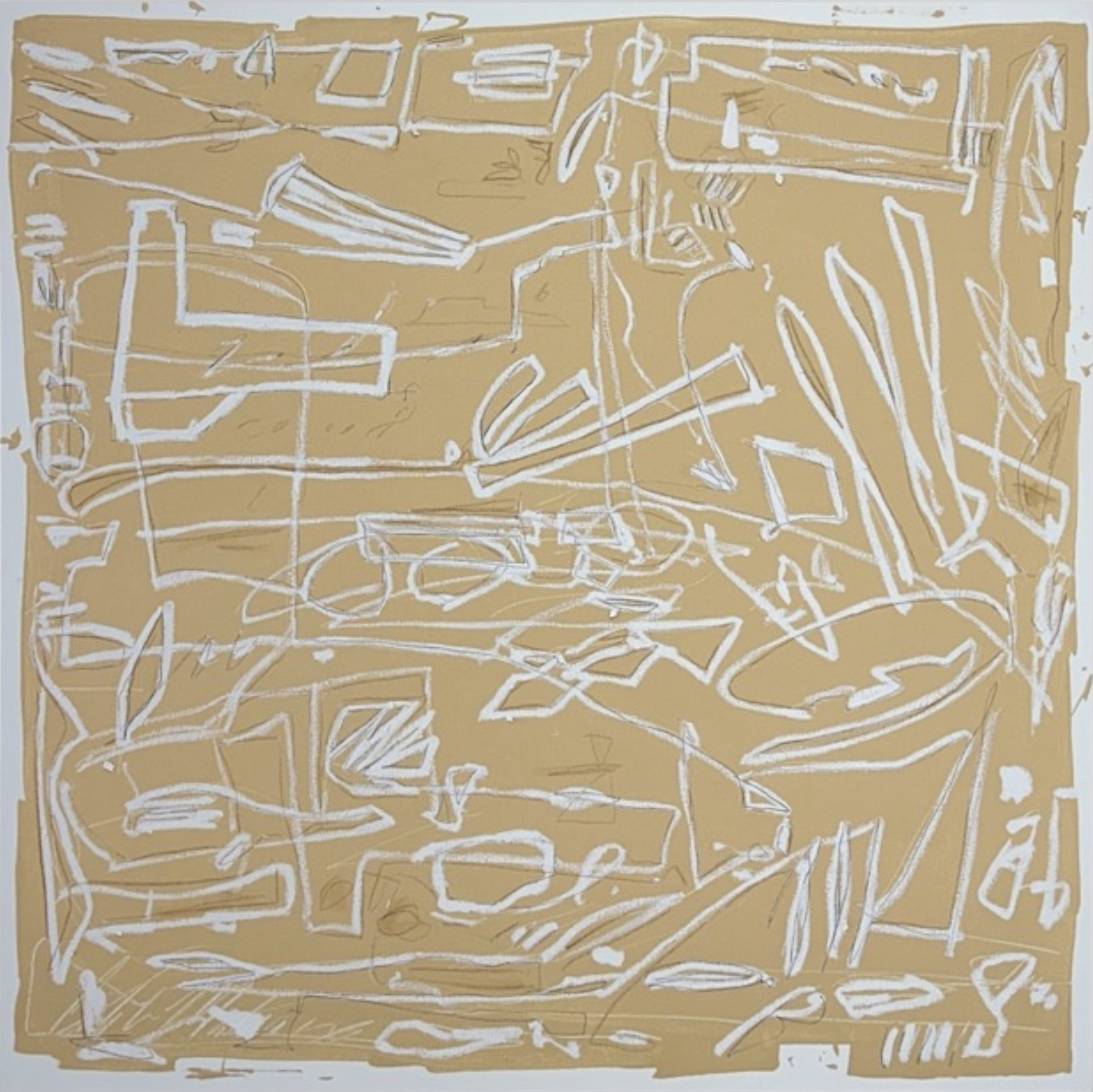

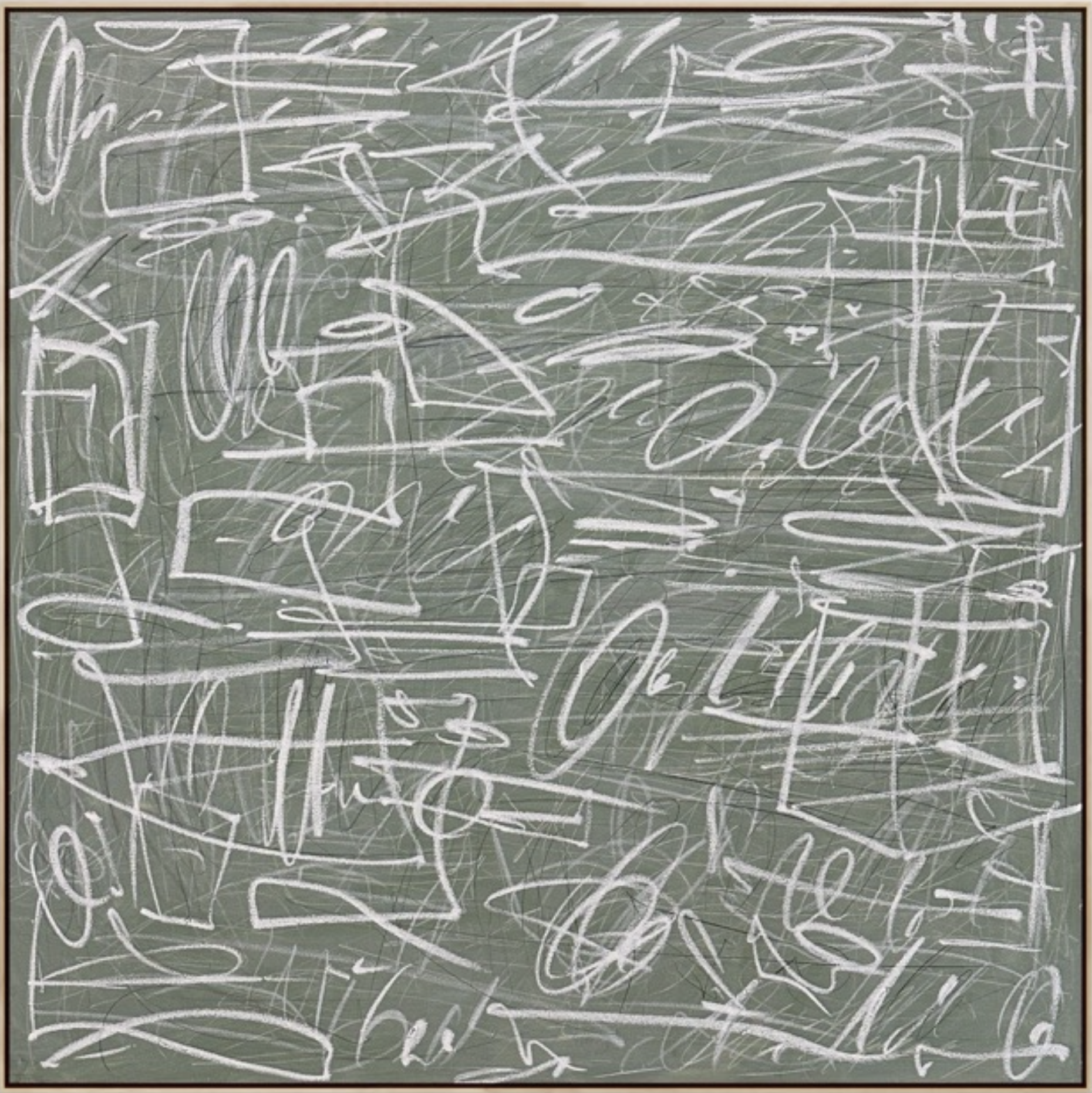
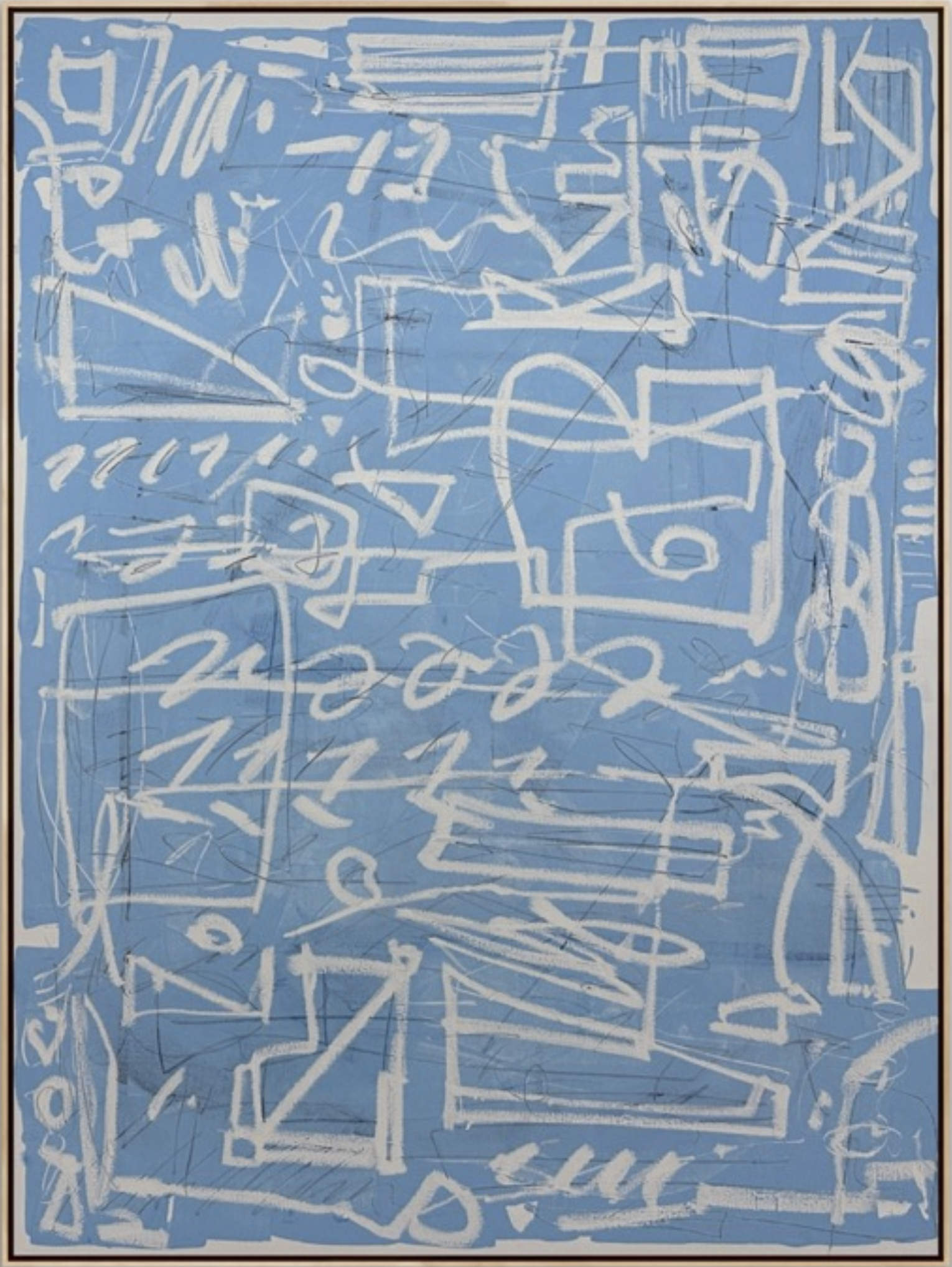
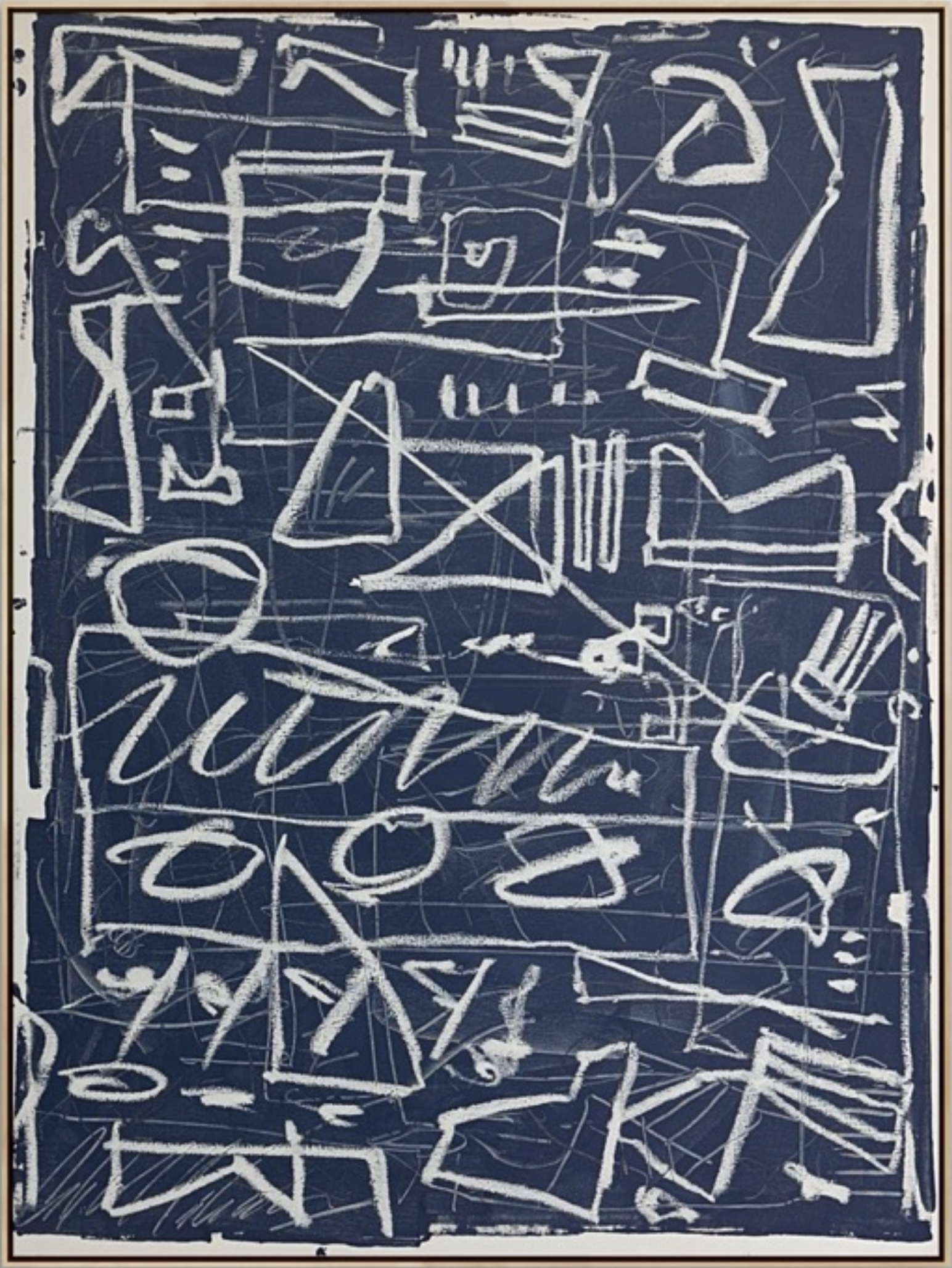

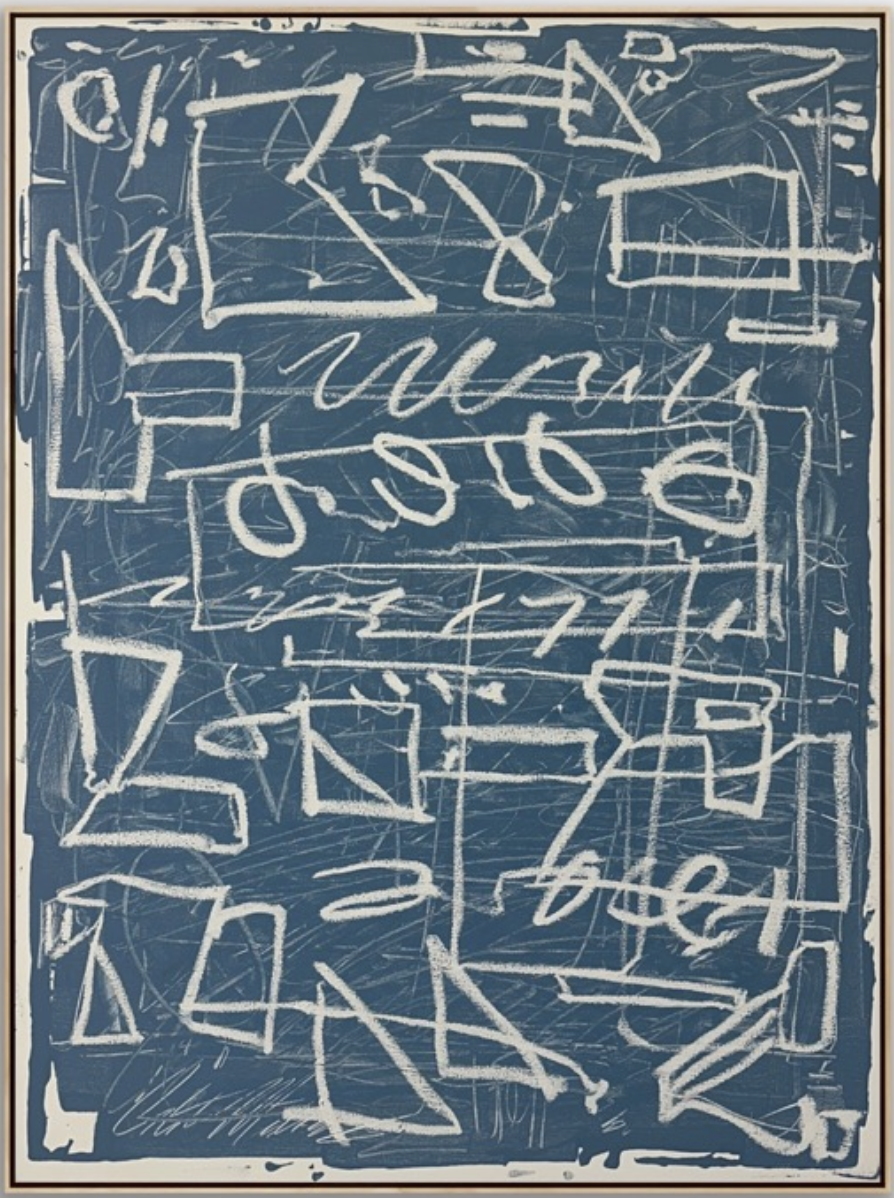


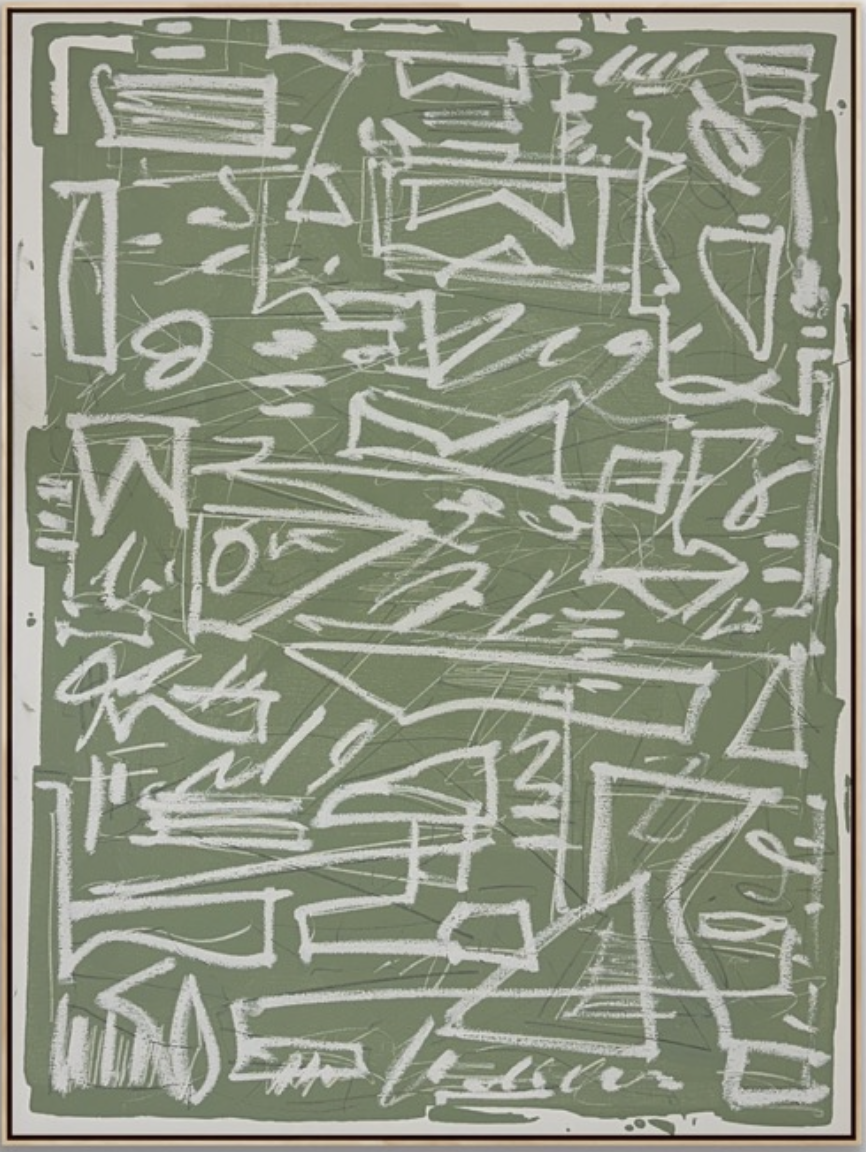



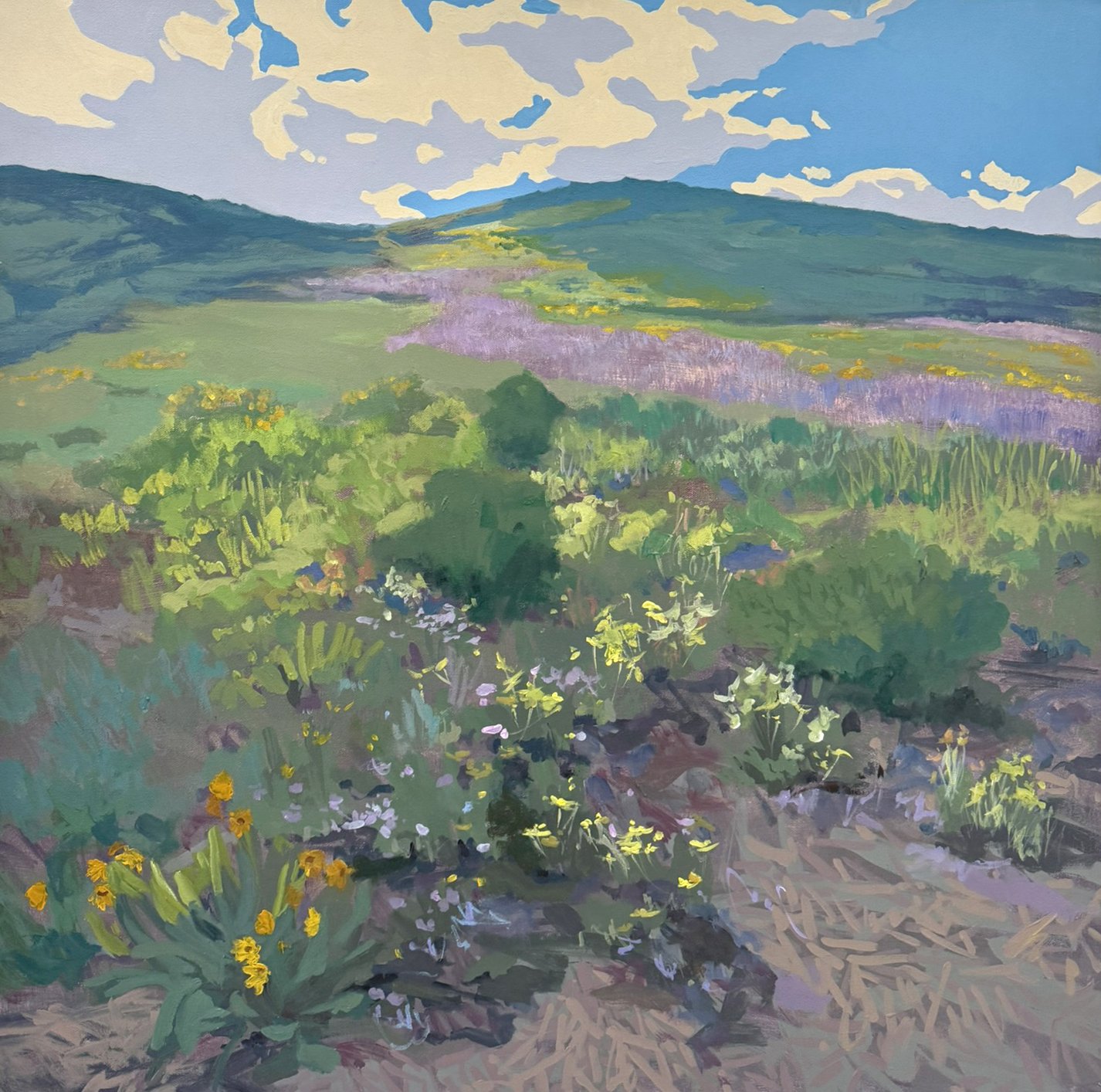


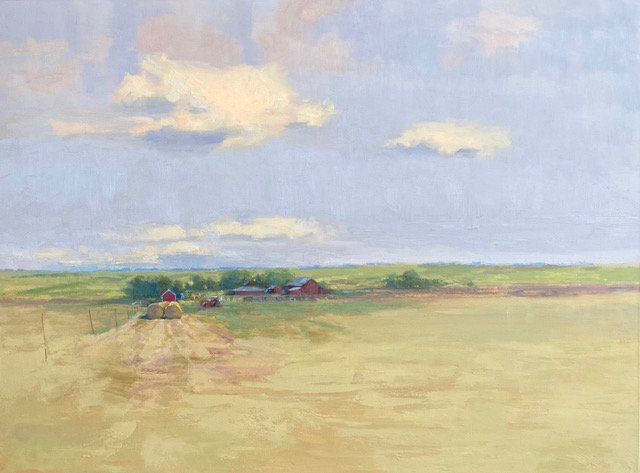
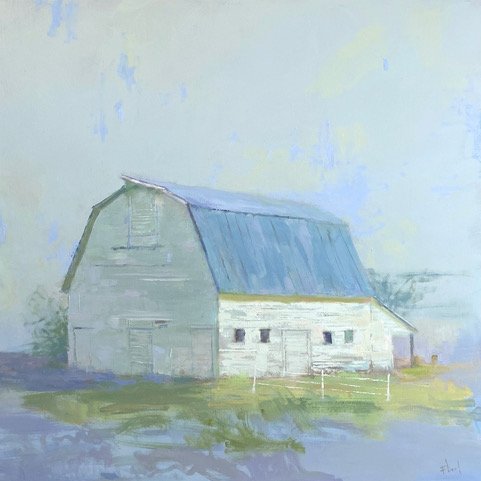



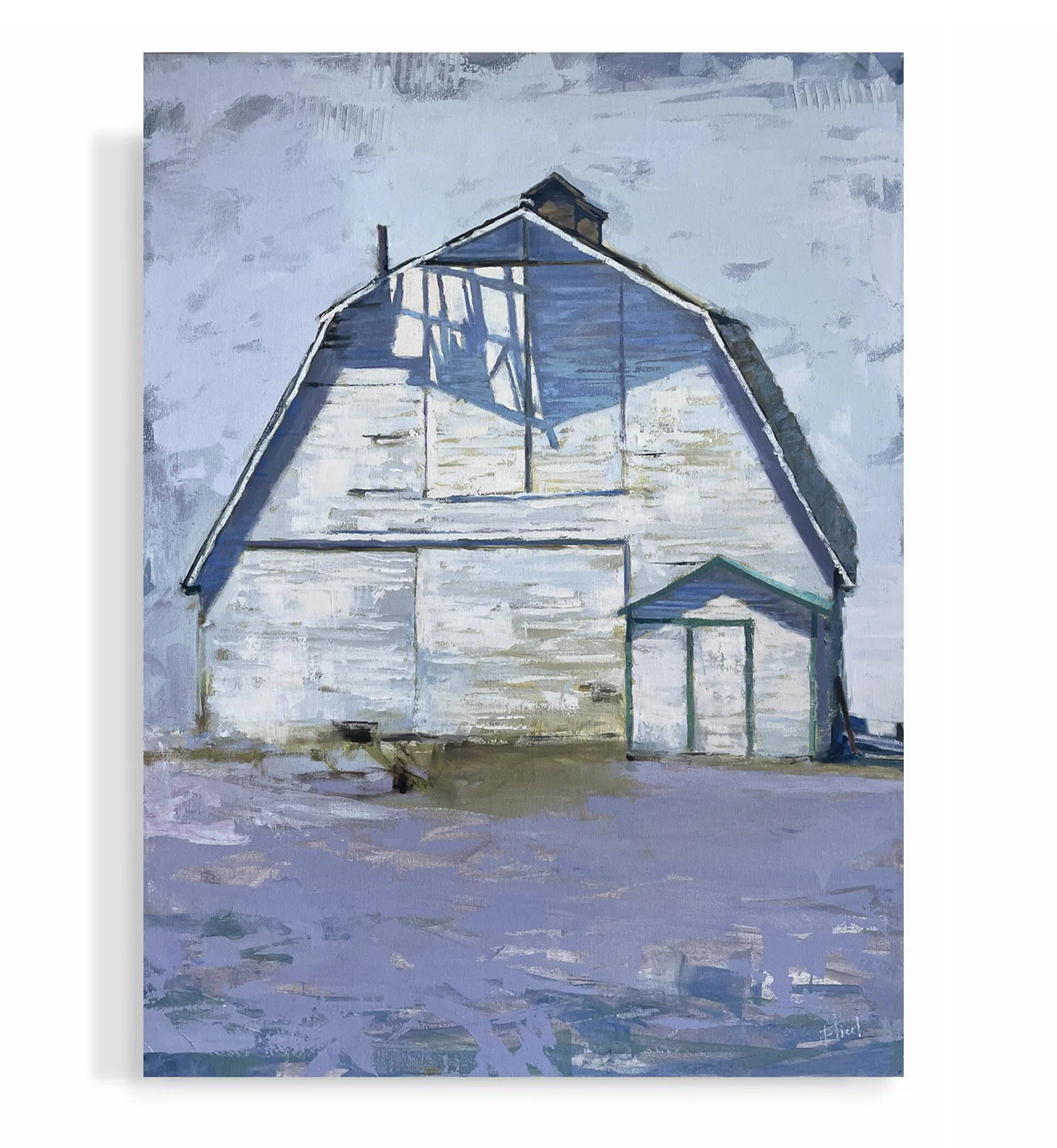

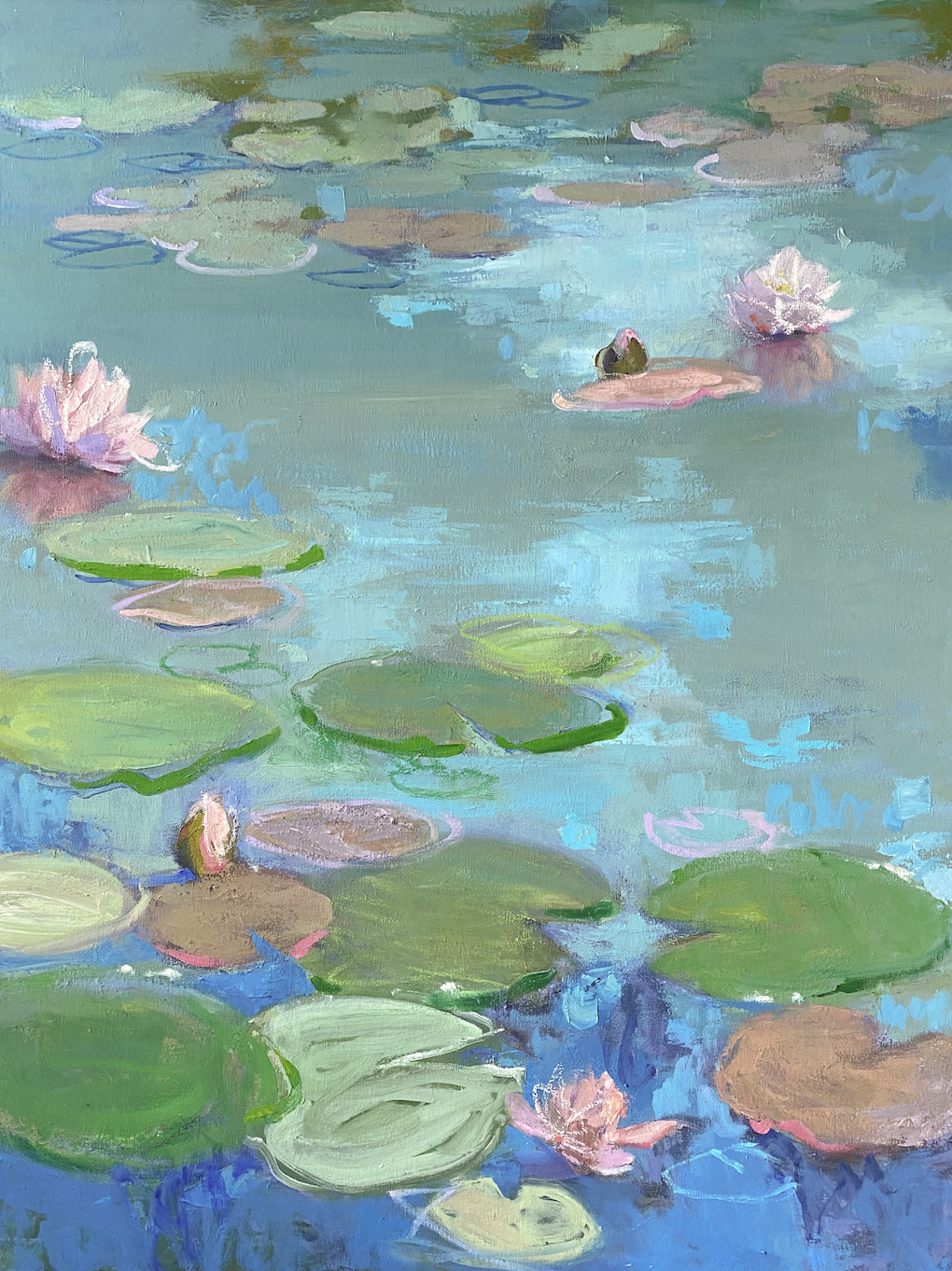













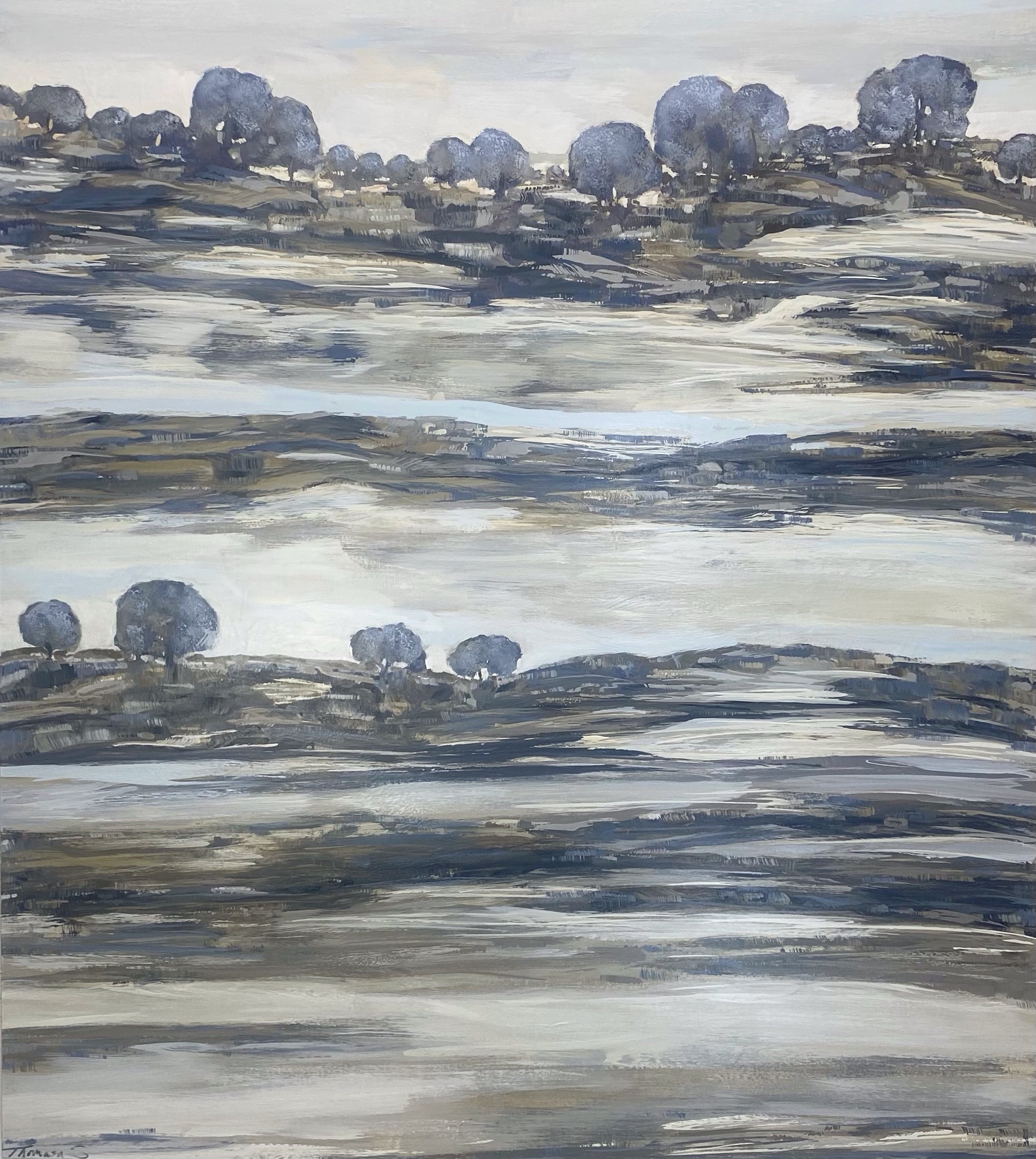

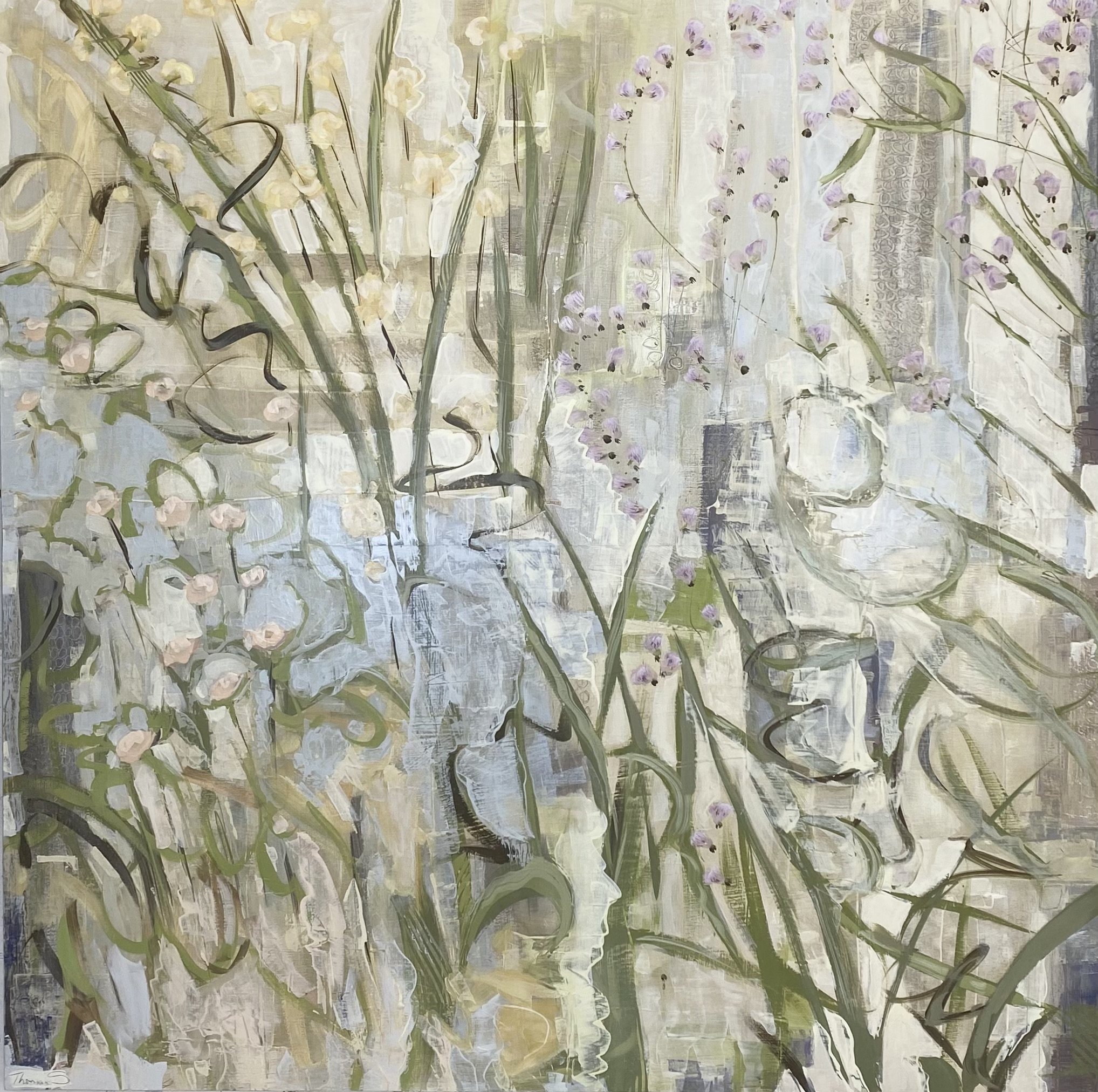
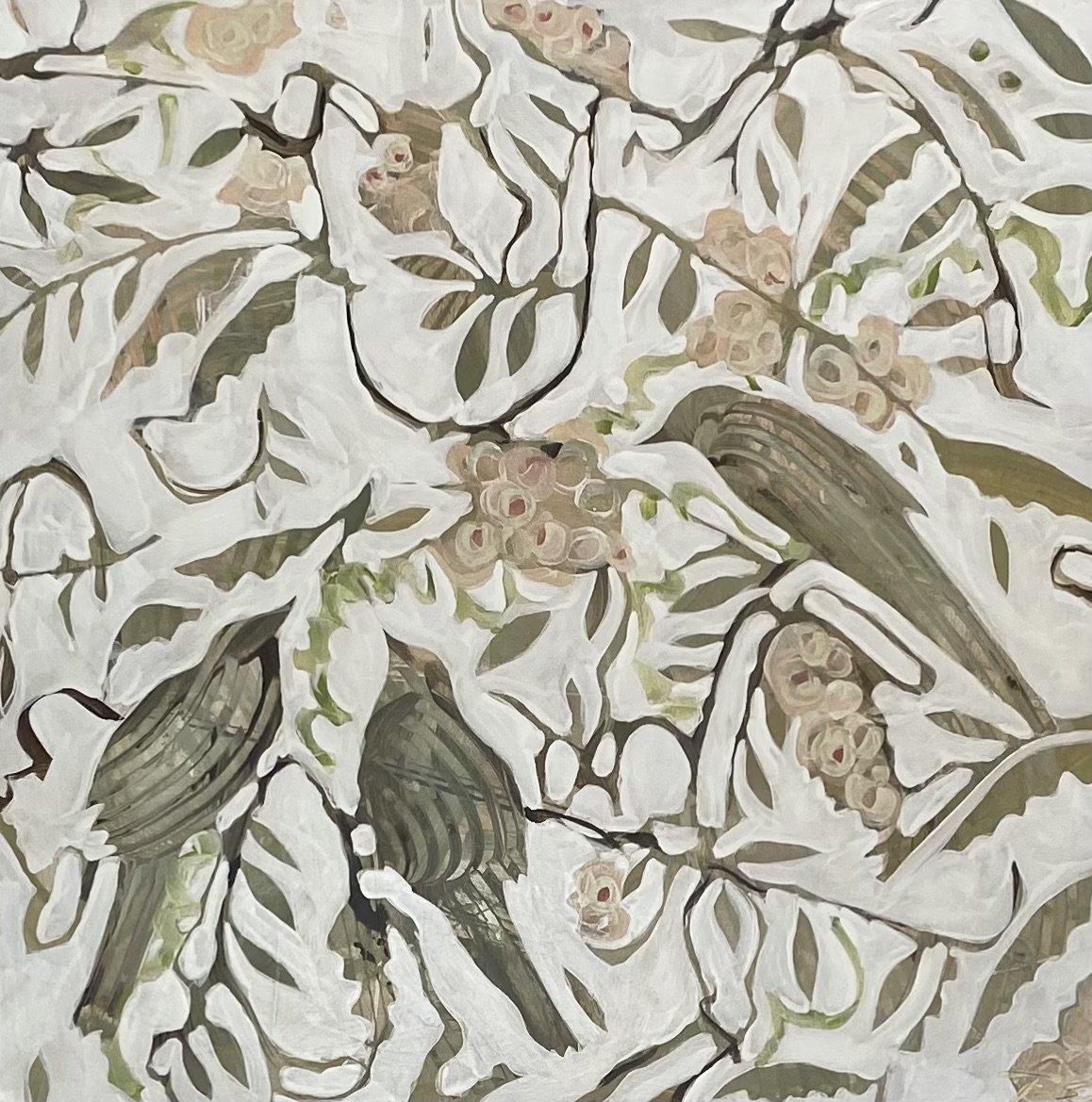
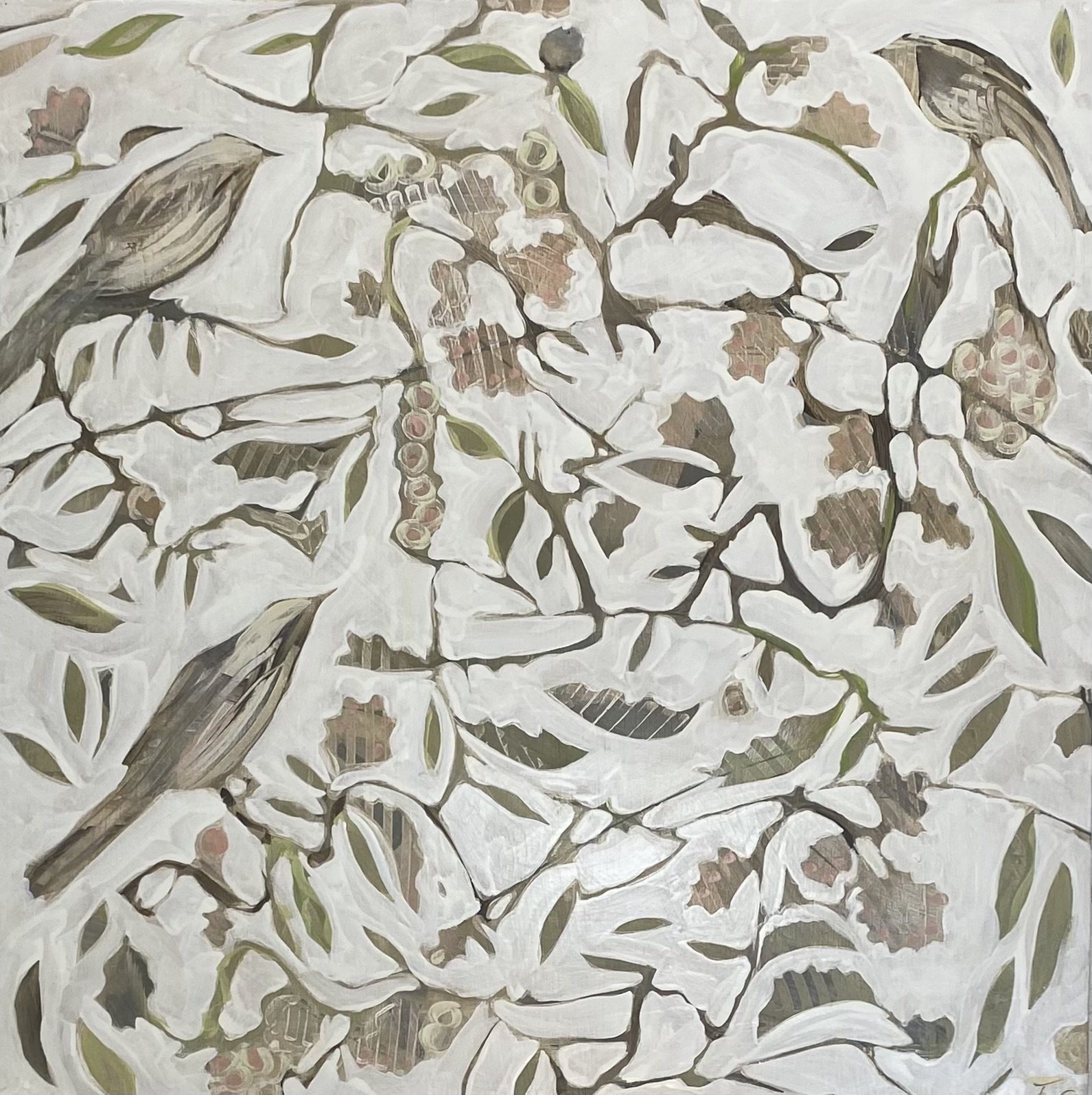
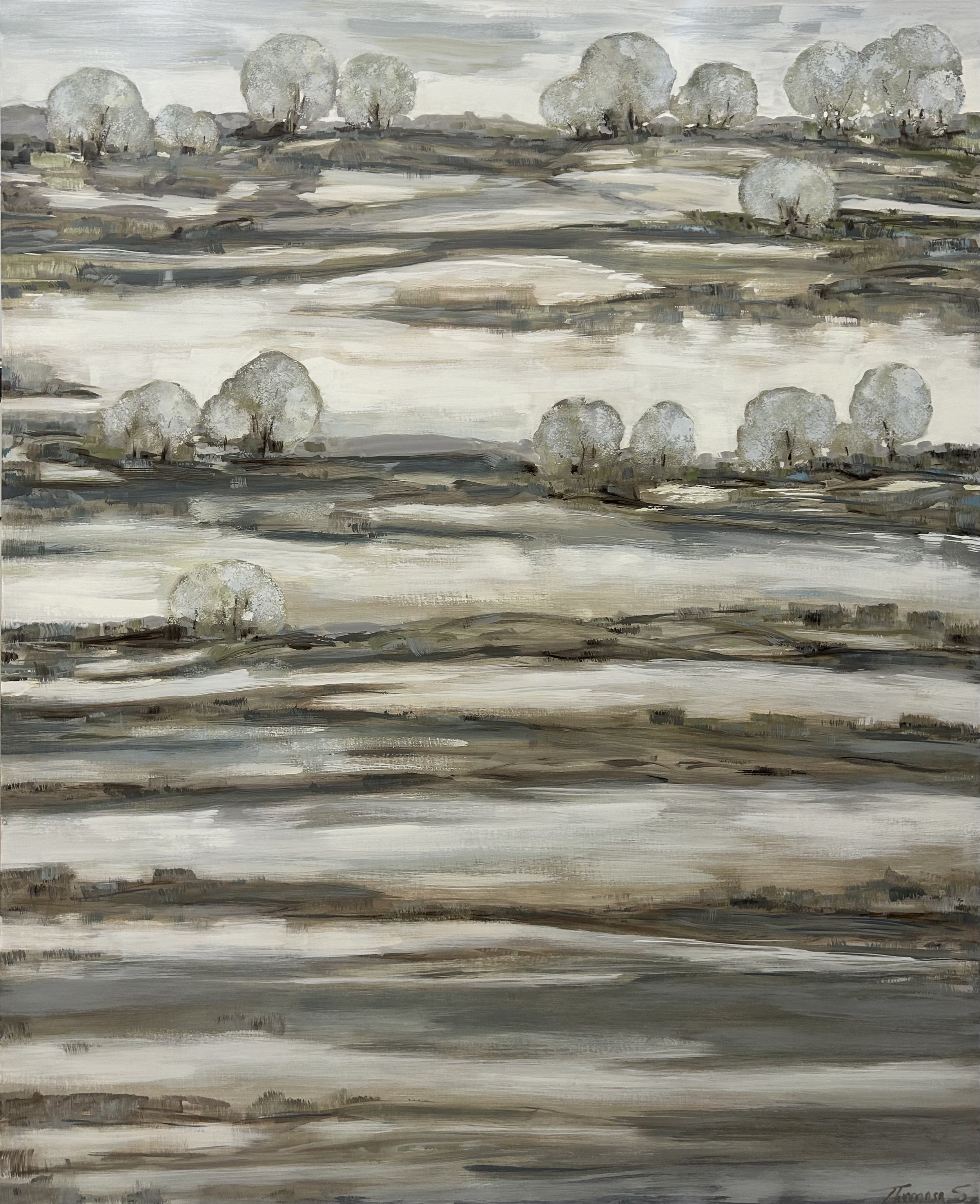



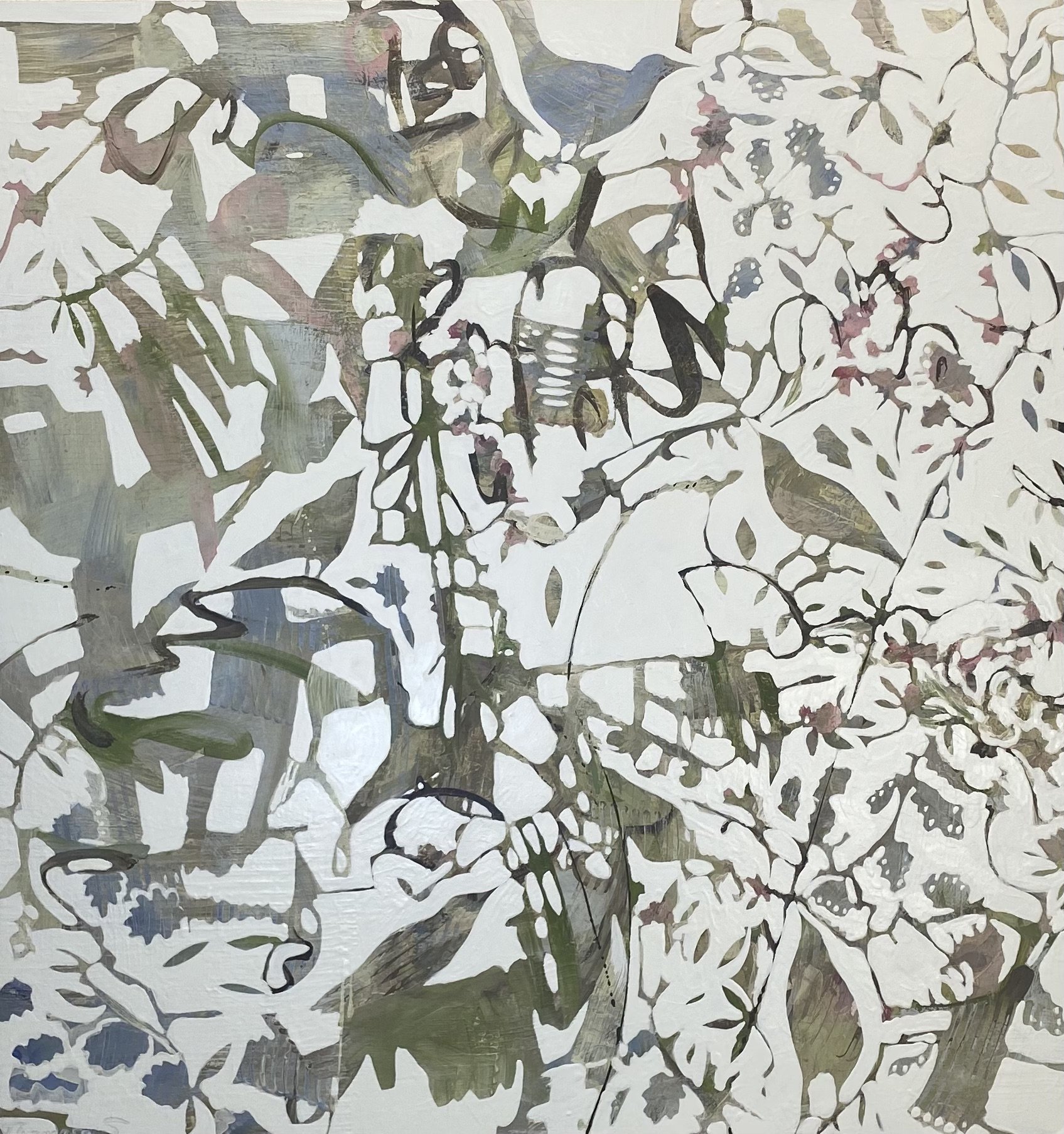
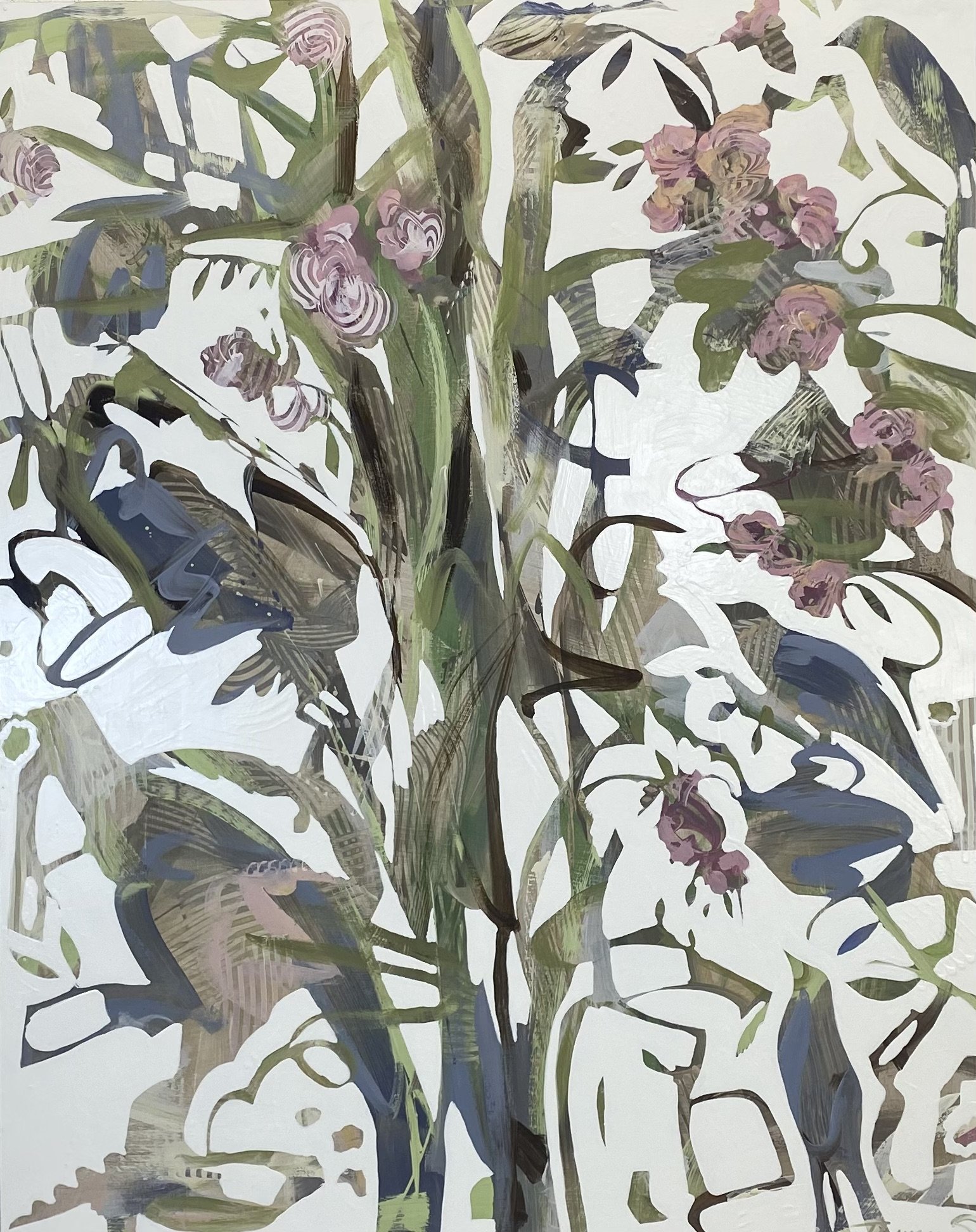
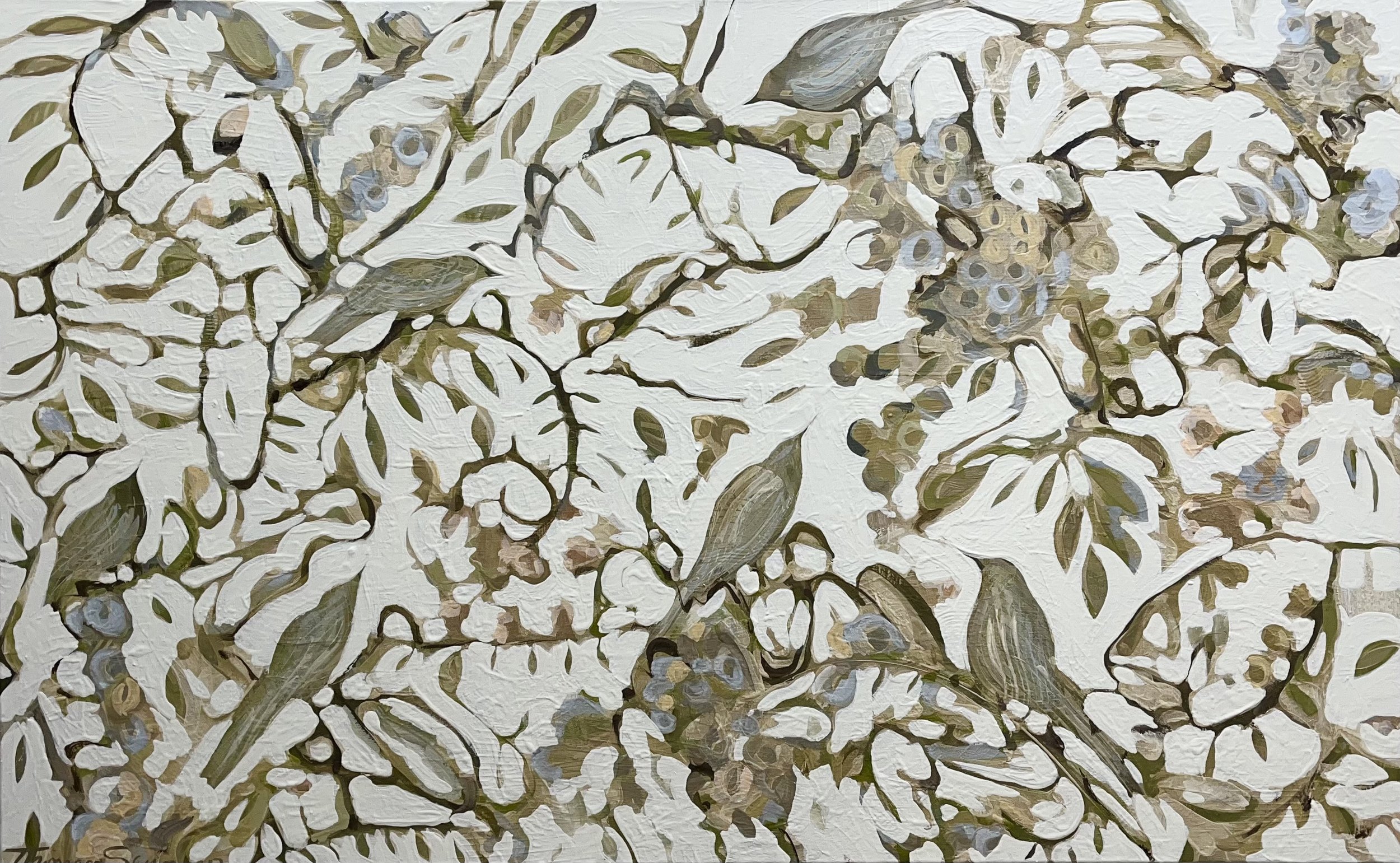
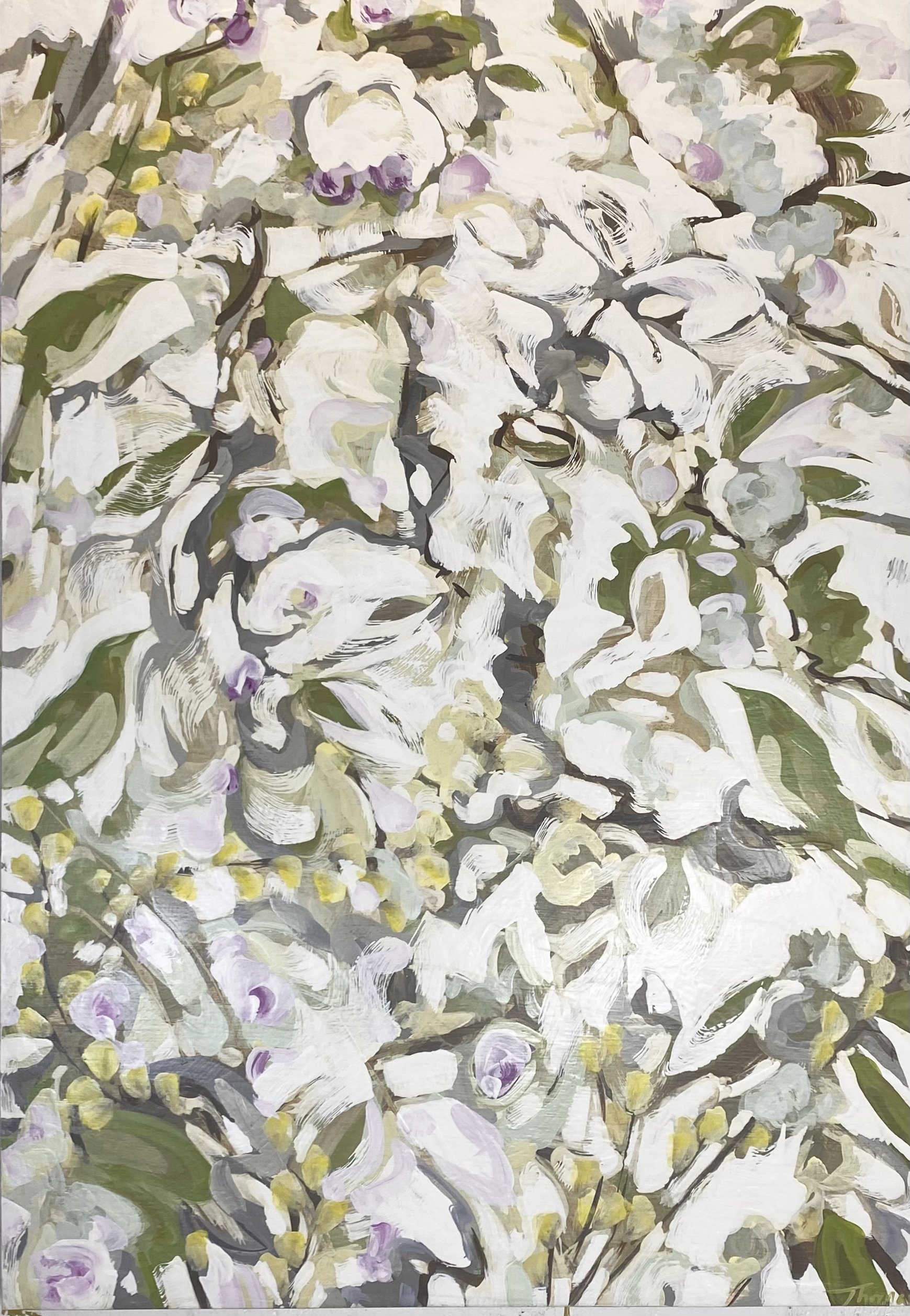


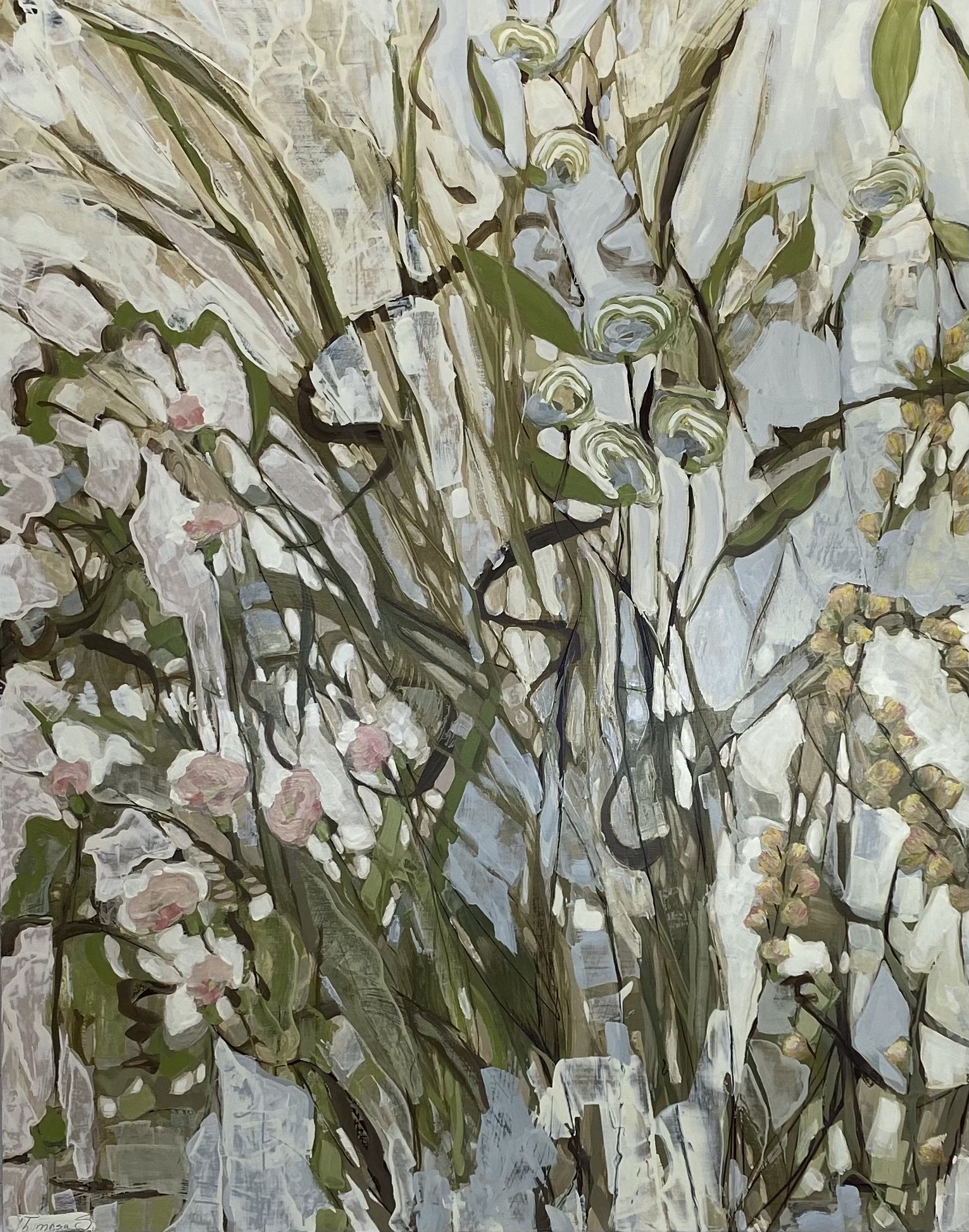
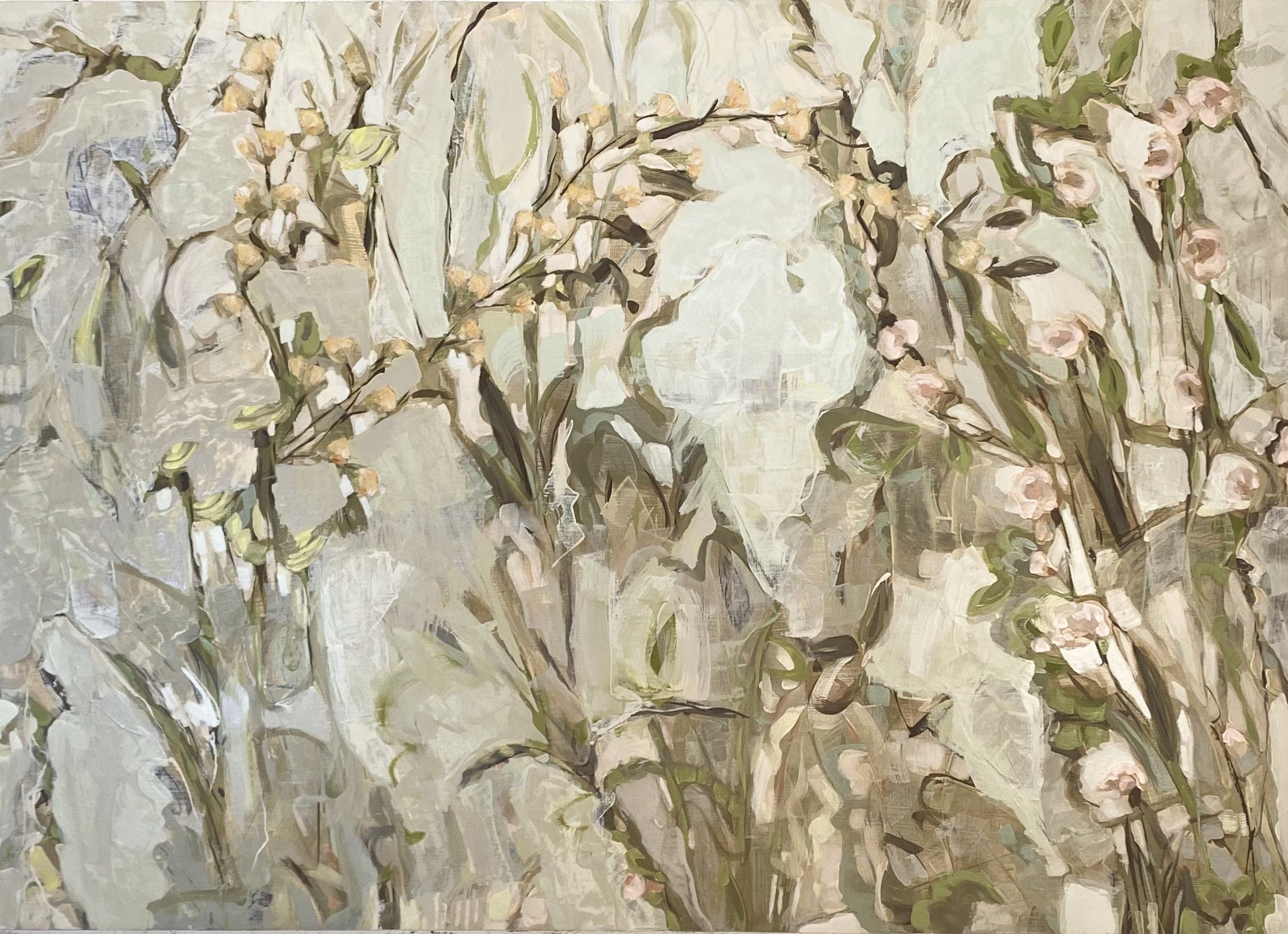

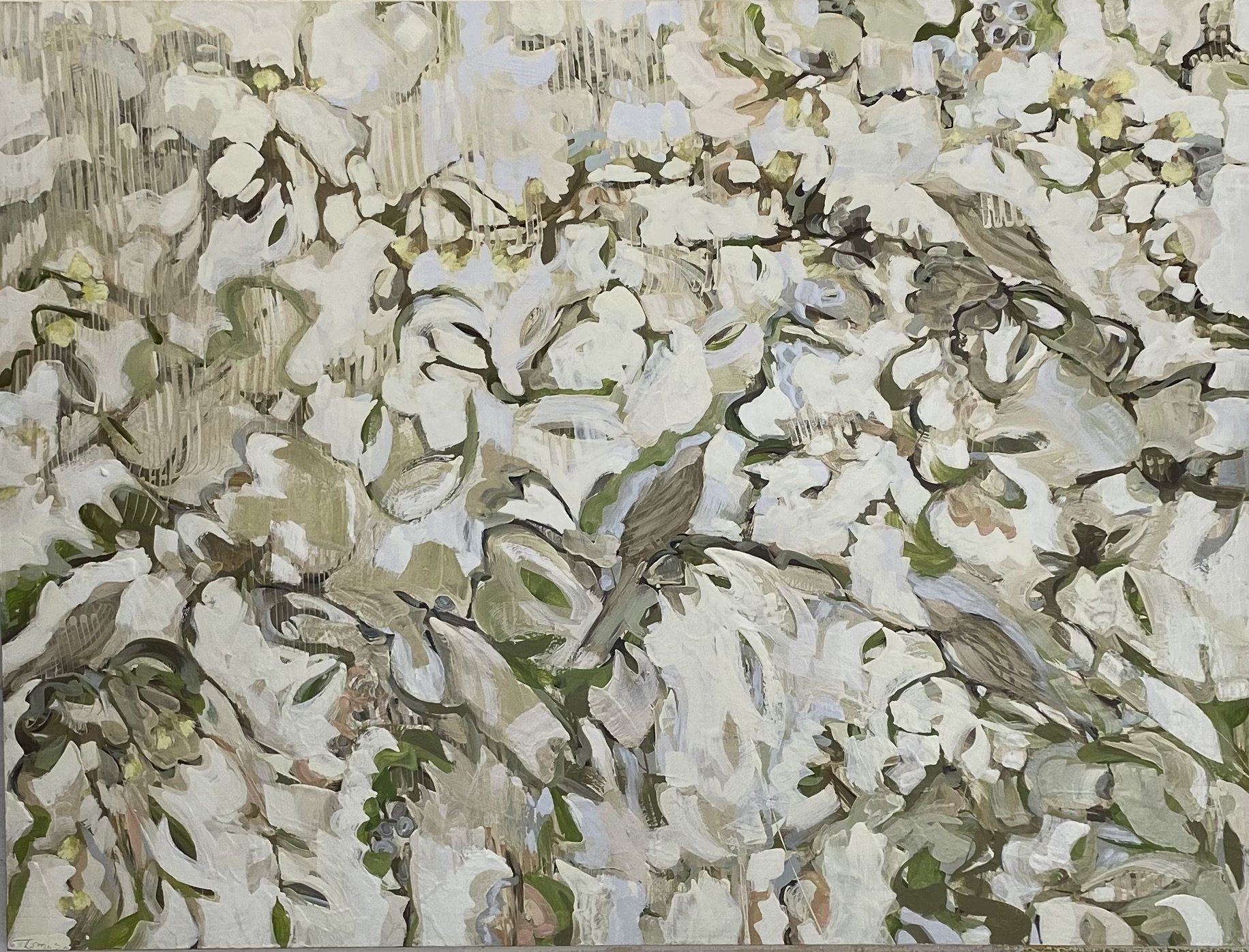
36×30 | acrylic and resin on panel